Echoes of Feathers: Avian Mimicry and Imitation
What Birds Repeat: The Essence of Avian Mimicry
Vocal and Visual Imitation, Clearly Defined
Avian mimicry spans crisp vocal imitations—like alarms, songs, and human noises—and occasional visual echoes, such as posture copying during displays. Vocal mimicry dominates, because sound travels quickly and carries far. Tell us which imitations you’ve heard: a squeaky gate, a camera shutter, a phone ringtone, or something even stranger?
Why Copy? Survival, Courtship, and Social Savvy
Imitation can scare predators, distract competitors, court mates, and strengthen social bonds. A richer repertoire may signal fitness, while deceptive calls can steal food or create escape windows. What purpose do you think the next mimic you hear is serving—flirtation, feint, or pure curiosity? Comment with your best guess.
A Dawn Chorus Surprise, Remembered
At first light in a eucalyptus grove, a sudden chorus of alarm swept the trees, then resolved into a single bird stitching together perfect imitations. The forest seemed to hold its breath, then relax. Have you ever felt that uncanny flip—from confusion to wonder—when a mimic reveals the trick?
Virtuosos of Voice: Lyrebirds, Parrots, and Mockingbirds
Superb lyrebirds layer chainsaw buzz, camera shutters, other birds’ songs, and forest ambience into astonishing performances. Males sculpt these sound collages during courtship, turning imitation into theater. If you could request one sound for a lyrebird encore, what would it be—and why that particular echo?
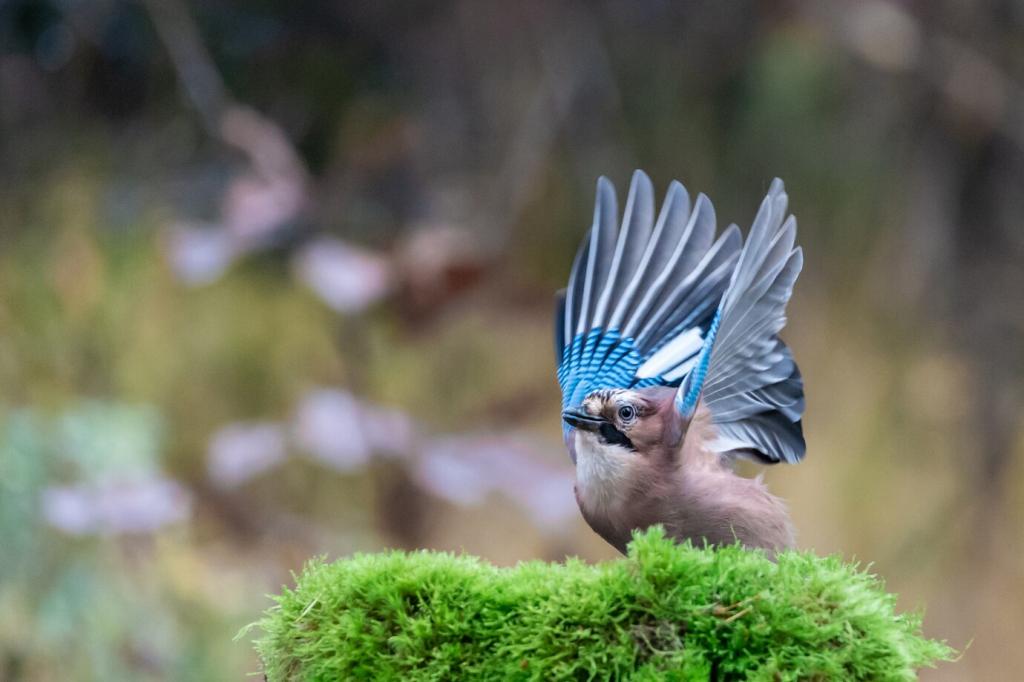
Tricksters and Survival: Deceptive Imitation in the Wild
In African savannas, fork-tailed drongos mimic multiple alarm calls to startle other animals and steal dropped food. Their deception varies with context, revealing sharp observational skills. Would you recognize the trick mid-hunt—or share your own story of a bold drongo turning chaos into lunch?
Brown thornbills can mimic the calls of raptors, triggering panic that disrupts nest raids or distracts intruders. This high-stakes theater relies on precision; a sloppy imitation risks exposure. If you recorded this ploy once, what gave it away—the rhythm, the urgency, or the uncanny accuracy?
Blue jays sometimes imitate hawk calls, potentially to clear feeders or gauge danger. The effect can empty branches in an instant. Next time your backyard falls silent, listen closely: is the ‘hawk’ overhead, or is a clever jay practicing a borrowed mask? Share your best detective tips.
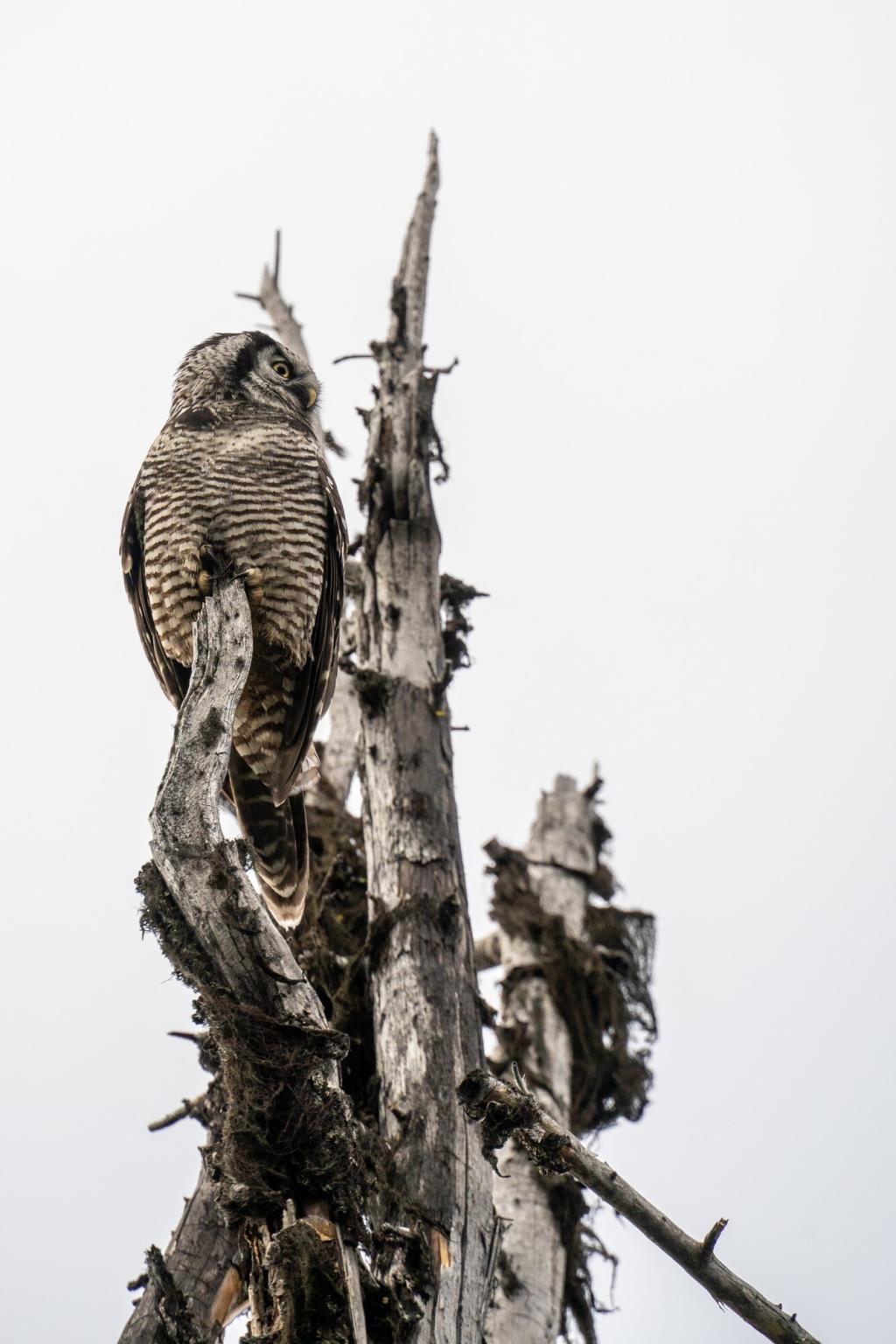
City Soundtracks: Mimicry in Urban Landscapes
Starlings and the Music of Machines
European starlings pick up whistles, beeps, door chimes, and car alarms, weaving them into surprisingly musical phrases. In busy plazas, their mimicry reflects our inventions back at us. Which city sound would you retire from the starling repertoire, and which quirky tone secretly delights you?
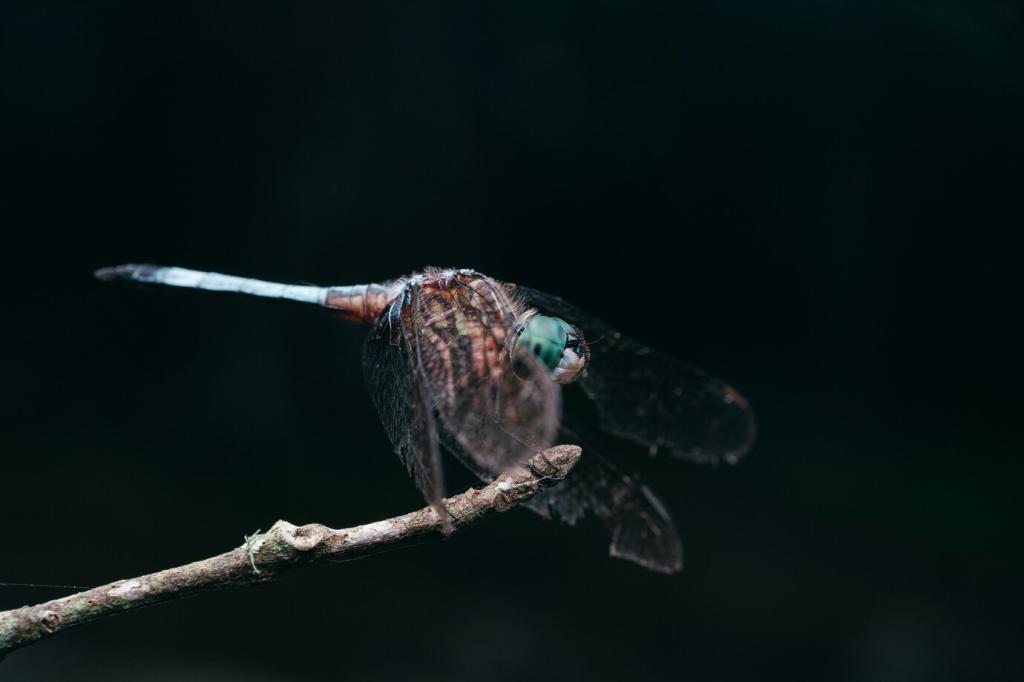
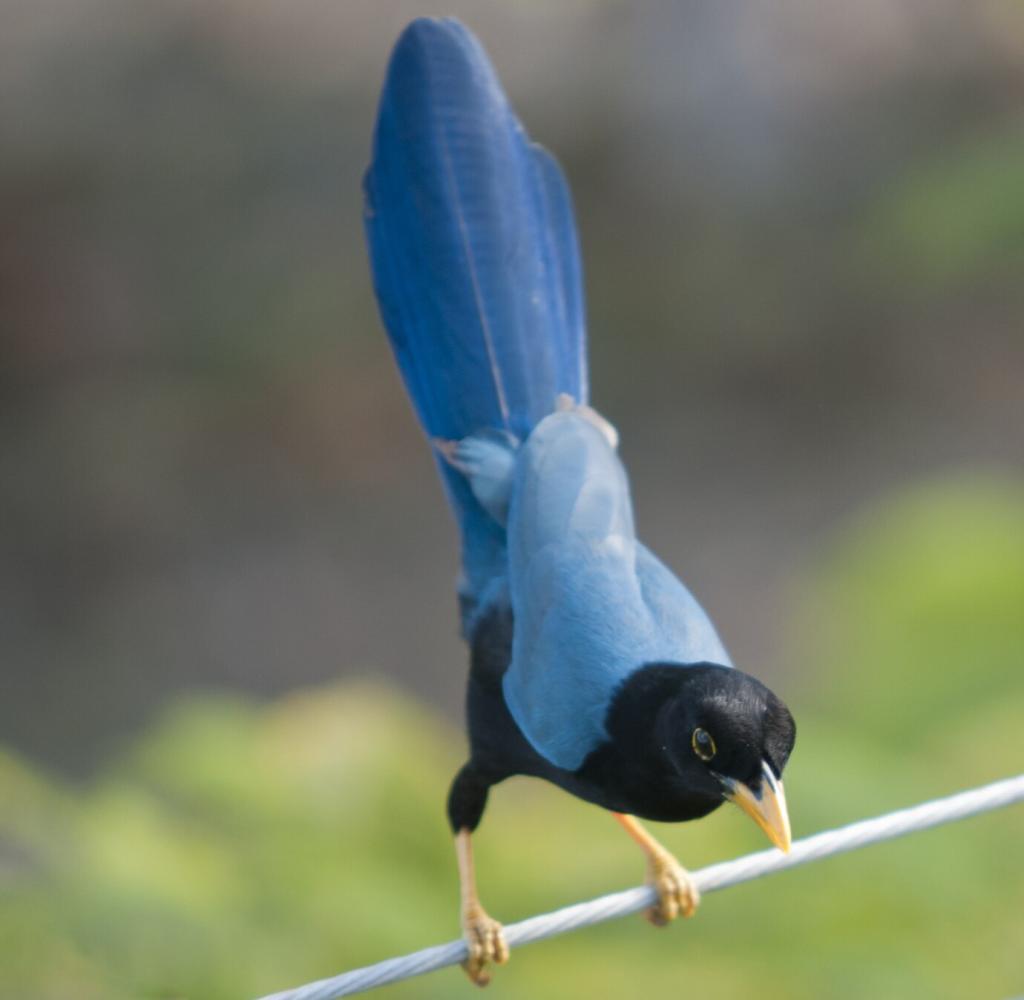
Australian Magpies and Neighborhood Conversations
Australian magpies can mimic dogs, sirens, and even snippets of human speech. Their voices map neighborhoods, echoing daily routines. If a magpie replayed your morning, which moments would it sample—a kettle hiss, a bicycle bell, a cheerful greeting? Tell us what your street sounds like through magpie ears.
Sensitive Windows and Practice Loops
Many mimics pass through a sensitive learning period, encoding templates they refine with feedback. Early practice may sound messy but builds crucial motor patterns. Do you have recordings of juvenile attempts—those charming, off-kilter rehearsals? Share them to help illustrate how mastery emerges from brave imperfection.
Social Tutors and Neighborhood Accents
Birds learn from parents, neighbors, and rivals, borrowing fragments that fit local culture. Social context shapes what is copied and what is dropped. Who tutors your neighborhood mimics, and which accents dominate—riverine rhythms, market square beats, or quiet courtyard motifs? Your anecdotes enrich our map.
Traditions, Dialects, and Cultural Drift
Over years, imitated phrases mutate, vanish, or spread, creating bird ‘dialects.’ This cultural drift mirrors human slang, with trends rising and fading. Which phrases persist where you live, and which sudden fads flashed and disappeared? Add your notes to trace traditions across seasons and streets.
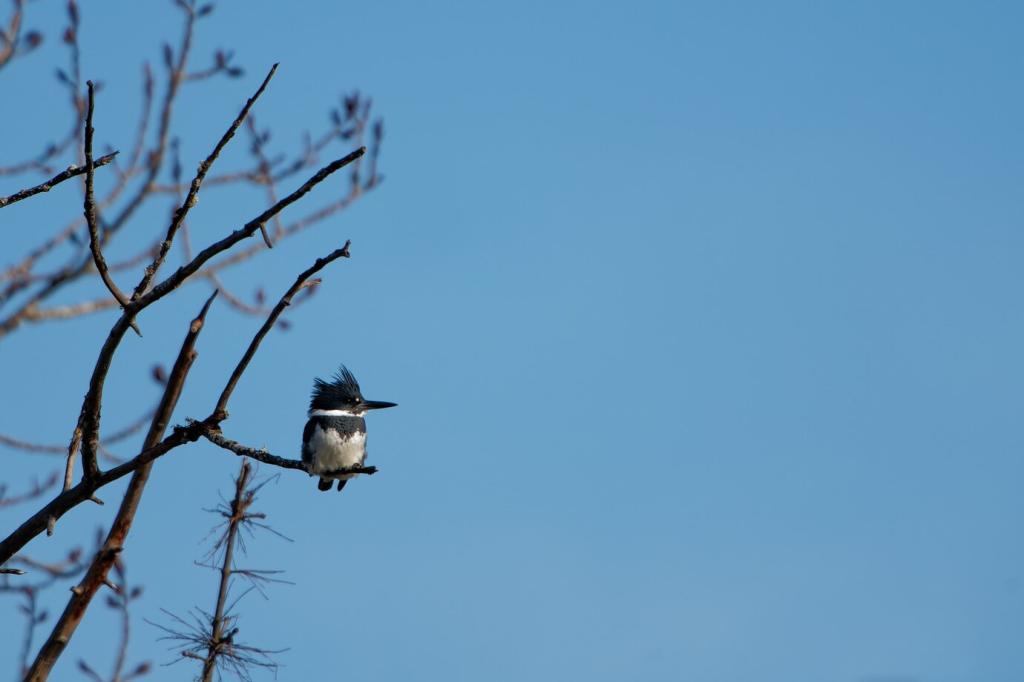
Fieldcraft for Listeners: Finding and Documenting Mimics
Clues That You’re Hearing a Mimic
Listen for abrupt style shifts, impossible species overlaps, and mechanical sounds nested inside bird phrases. Scan perches after a startling ‘hawk’ call. Which clues helped you confirm a mimic—the timbre, the pacing, the uncanny timing? Post your strategy so newcomers can learn the craft faster.
Recording Tips Without Disrupting Behavior
Use moderate gain, stay still, and point your microphone off-axis to reduce wind. Avoid playback when birds are nesting or stressed. What portable setup works for you—phone with a tiny mic or a dedicated recorder? Share your kit and settings to help others capture clean, respectful audio.
Share, Compare, and Learn Together
Upload clips with location, date, and context so patterns become visible. Compare notes across regions to spot shared motifs. Will you join a weekly listening challenge and vote on the most baffling imitation? Your participation turns scattered moments into a living, collaborative archive.
Inside the Songbird Brain: Science of Vocal Learning
In songbirds, brain regions like HVC and RA help sequence and refine vocal patterns; parrots use analogous circuits suited to their remarkable flexibility. These systems integrate feedback, adjusting performance in real time. Curious about the biology behind your favorite mimic? Ask questions, and we’ll explore them in future posts.
Inside the Songbird Brain: Science of Vocal Learning
Tutor playbacks, reinforcement learning, and lesion studies revealed how birds store and adjust templates. Yet puzzles remain: how do mimics choose which sounds to keep, and why do some individuals become virtuosos? Suggest a study you’d love to see tested—your idea might inspire a new investigation.
Inside the Songbird Brain: Science of Vocal Learning
Platforms like eBird and xeno-canto turn personal recordings into research gold, mapping who imitates what, where, and when. Will you contribute your best mimic clip this month? Subscribe for prompts, seasonal listening guides, and community spotlights that celebrate your role in advancing avian science.
